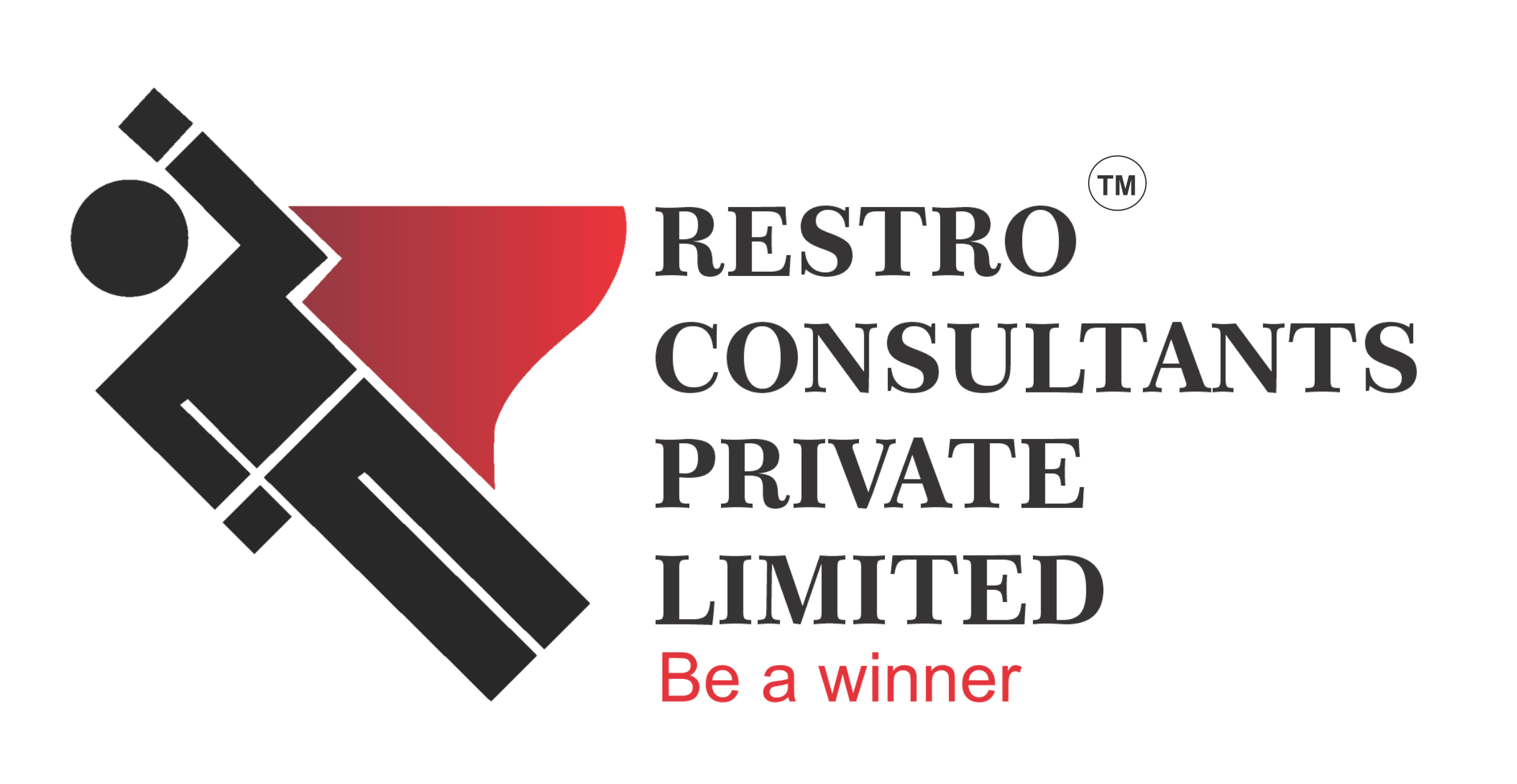Increasing Restaurant Revenue – Proven Strategies for Growth
At Restro Consultants, we understand that increasing restaurant revenue is a top priority for owners. Whether you’re aiming to boost customer traffic, maximize table turnover, or enhance profit margins, our Business Consultancy for Restaurants offers actionable strategies tailored to your needs. As a leading consultant for increasing restaurant revenue, we use a data-driven approach to optimize every aspect of your operations, marketing, and customer experience, ensuring sustainable growth and profitability.
Our Strategies to Increase Your Restaurant Revenue Include:
At Restro Consultants, our Restaurant Consultant To Grow Business offers proven Strategies to Increase Restaurant Revenue and effective Ways to Increase Restaurant Sales. We focus on optimizing operations, enhancing customer experiences, improving marketing efforts, and increasing profitability. Whether it’s boosting customer traffic, improving table turnover, or streamlining costs, our tailored strategies are designed to ensure your restaurant’s growth and long-term success.
Menu Engineering & Upselling
We analyze your menu to highlight high-margin items and optimize pricing. Our menu engineering strategies encourage customers to order more profitable dishes, while upselling techniques, such as strategic placement of items and staff training, boost average check sizes.
Loyalty Programs & Promotions
Building customer loyalty is key to generating repeat business. We help you design and implement customized loyalty programs, special promotions, and discounts that attract customers and keep them coming back, increasing long-term revenue.
Optimizing Table Turnover
By improving service efficiency, we help you increase the number of customers served per shift. Our solutions include streamlined kitchen workflows, better reservation systems, and staff training to reduce wait times, ensuring a faster turnaround without compromising the dining experience.
Maximizing Online Presence & Delivery Platforms
A strong online presence is essential for reaching a wider audience. We assist in optimizing your website, social media, and presence on delivery platforms like Swiggy, Zomato, or Uber Eats, ensuring your restaurant is visible and accessible to more customers.
Expanding Delivery & Takeout Options
Expanding your takeout and delivery services can provide an additional revenue stream. We help you design specialized takeout menus, optimize packaging, and implement efficient delivery systems to ensure a seamless experience for customers outside the restaurant.
Seasonal & Limited-Time Offers
Introducing limited-time offers and seasonal specials creates a sense of urgency and excitement. We design special menus and promotions that tap into current trends and customer preferences, encouraging higher spending during these periods.
Private Events & Catering
Expanding your services to include catering or hosting private events can significantly boost revenue. We help you develop catering menus, promote event spaces, and create packages tailored to weddings, corporate events, and private parties, opening up new streams of income.
Optimizing Labor Efficiency
Effective management of labor costs can improve your profit margins without reducing service quality. We help you implement scheduling strategies that align staffing with peak business hours, reducing unnecessary labor costs while maintaining excellent service.
Cross-Selling & Add-Ons
Encourage customers to try appetizers, desserts, or drink pairings with their meals. We provide staff training and marketing strategies to promote these add-ons, increasing the overall spend per customer.
Customer Feedback & Data Analysis
We help you gather and analyze customer feedback to identify areas for improvement and new revenue opportunities. By understanding customer preferences and behavior, you can make informed decisions on menu changes, promotions, and customer service enhancements.
For expert guidance, explore our Food Production Kitchen Design and Layout Services and comprehensive Restaurant Business Expansion Services to take your restaurant to the next level.
Why Choose Restro Consultants for Revenue Growth?
- Tailored strategies that address your restaurant’s unique needs and market dynamics
- Proven expertise in menu optimization, upselling, and marketing campaigns
- Innovative solutions for expanding delivery, takeout, and event services
- Data-driven insights to guide your decisions and maximize profitability
- Comprehensive support in improving customer experience and operational efficiency

